Recently, our friends over at Autoblog took us for a nice drive down memory lane, reminiscing on the history of the mid-engined Porsche. It reminds us that while any Porsche purist might cry foul any time the powerplant is put forward of the rear axle, a mid-engined Porsche is still a proper sportscar.
The story begins in 1948, when Ferry Porsche designed the first 356, his “dream sportscar.” The first prototype was, in fact, built as a mid-engined Porsche. But as the firm considered the marketability of the car, particularly how well the 356 would sell with the reduced seating and cargo space that results from having an engine forward of the front wheels, the engine was shifted back behind the rear axle in the production model. Only one of these mid-engined Porsche 356 prototypes was built, known as the 356/1.
Years later, the first 911 (or 901, as it was originally dubbed) was also designed as a mid-engined Porsche prototype. It was reworked into a rear-engined car, this time due to Porsche’s need to dig into the Volkswagen parts bin, and the lower expense of hanging the 911’s powerplant off the rear axle.
Of course, since the beginning of the marque’s involvement in motorsports, there have been mid-engined Porsche race cars – notably the 550 produced from 1953 (also sold as a road-going car), the 718 that replaced it in 1957, and the legendary 917 that emerged in the late 60s. But the high-volume production mid-engined Porsche that Ferdinand “Ferry” Porsche always wanted wouldn’t arrive until 1969, with the 914.
The 914 was actually sold as a VW-Porsche in a lot of European markets, and like the front-engined Porsches that came soon after, it upset a lot of purists. Porsche fans had always been conveniently able to forget about the Volkswagen influence on the marque’s earlier models, but this became more difficult with the VW name right in the badge, and the next mid-engined Porsche wouldn’t come for another 20 years after the 914 left the market.
Finally, in 1996, the mid-engined Porsche Boxster arrived. Powered by a 2.5 liter flat-six making 201 horsepower, shipping with all the performance that comes from a lightweight, mid-engined layout, the Boxster put to rest most of the criticism of the Porsche purists. Now, the mid-engined Porsche Boxster is now in its third generation, and has the mid-engined Cayman coupe and 918 hybrid supercar to keep it company, which further solidifies that a Porsche needn’t necessarily hang its powertrain behind the rear axle.
Of course, far be it from us to declare what the proper layout is for a Porsche sportscar. While the Porsche 911s of yesteryear seemed determined to make widows wherever they could, the mechanisms employed by any contemporary rear-engined Porsche to limit the snap-oversteer found in older examples are complex and reliable. But even still, one could argue that they are just a bandage, implemented to overcome an inherently less-balanced rear-engine layout.
To read the full mid-engined Porsche history, visit the Autoblog website.

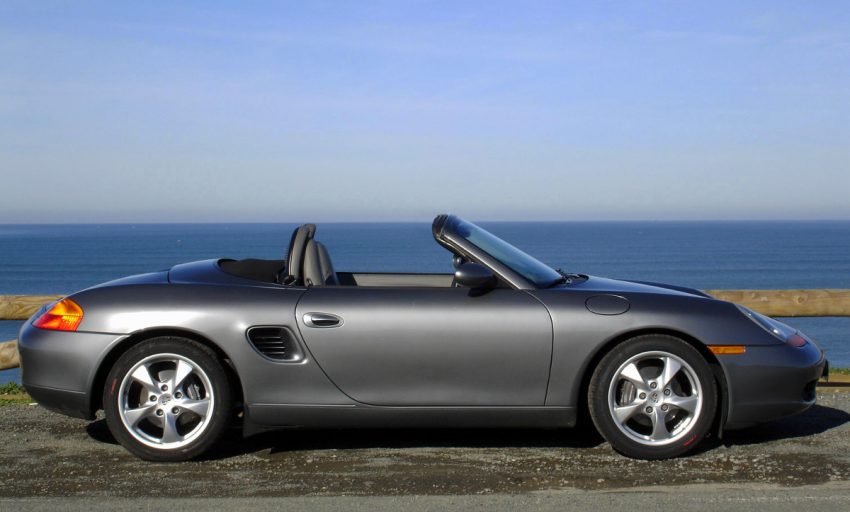
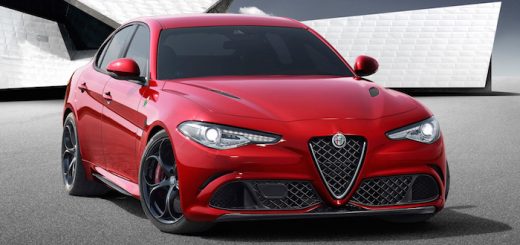
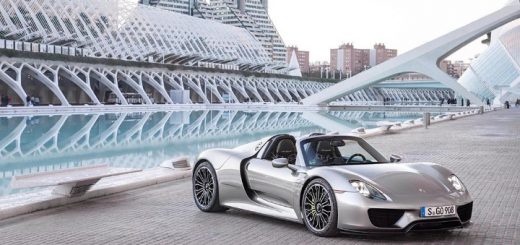
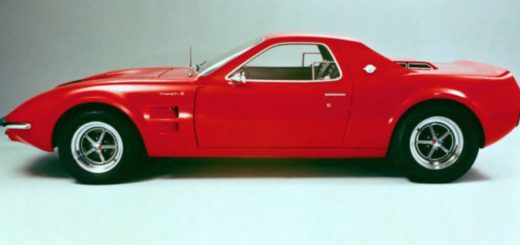

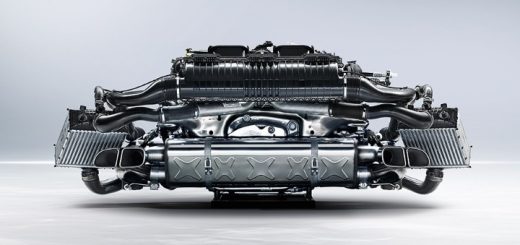
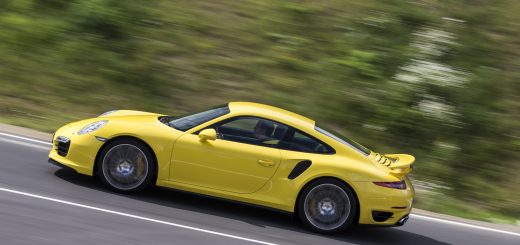






No Comments yet